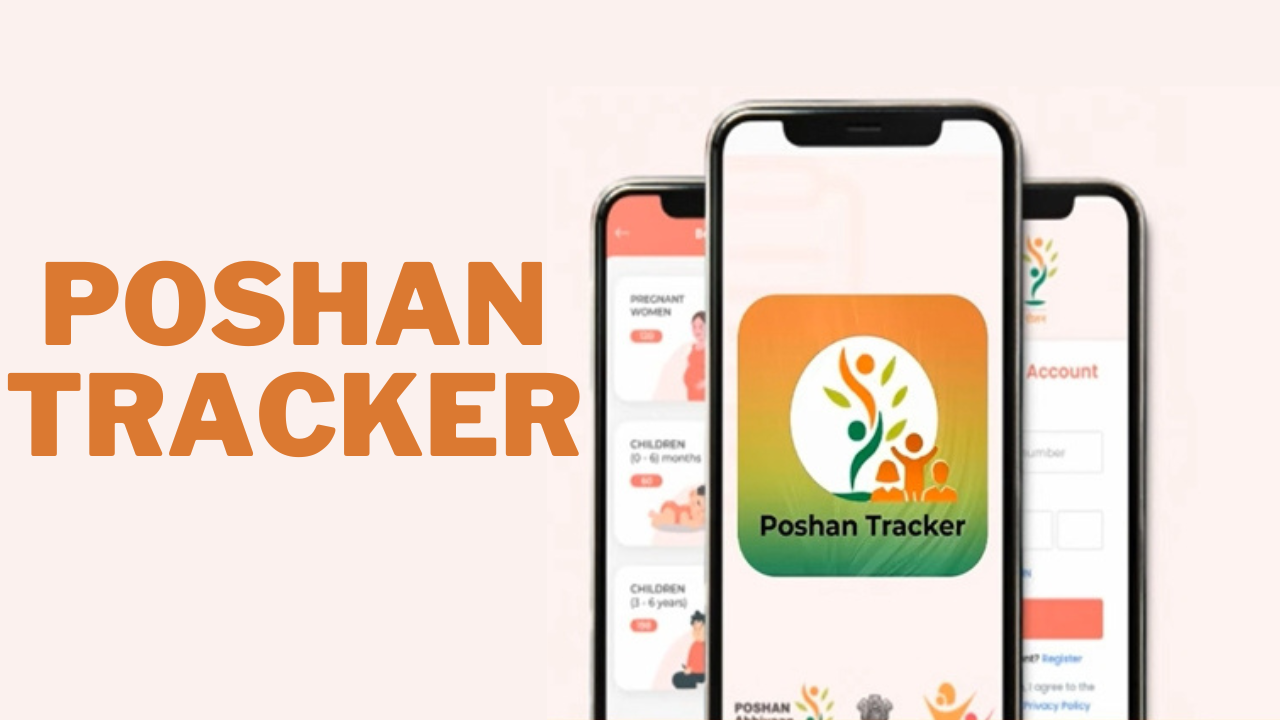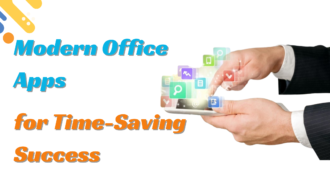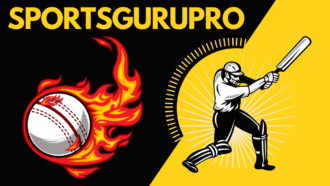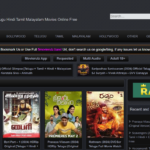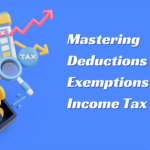Poshan Tracker Dashboard: Indian Mother-Child Nutrition Monitoring
- 1 Poshan Tracker Dashboard: What Is It?
- 2 How To Login To Poshan Tracker Dashboard:?
- 2.1 Future Challenges and Considerations Of Poshan Tracker Dashboard
- 2.2 Poshan 2.0 Guidelines
- 2.2.1 Poshan Tracker Dashboard Provides Complete Monitoring
- 2.2.2 Global Lessons and Experience
- 2.2.3 Design for Usability and Improvement
- 2.2.4 Obstacles and Ongoing Support
- 2.3 Poshan Tracker Dashboard: Largest Operations Ever
- 2.4 Timeliness and Data Quality
- 3 Conclusion
- 4 Frequently Asked Questions
In Short
- The Poshan Tracker, launched by the Indian government two years ago, has received unprecedented popularity.
- The Poshan Tracker addresses nutrition monitoring data quality issues.
- The Poshan Tracker is a technological marvel and a catalyst for action.
The Poshan Tracker Dashboard, introduced by the Indian government, offers optimism in the fight against malnutrition, especially for women and children. This groundbreaking mobile phone nutrition monitoring system is the largest of its type worldwide, leaping ahead of previous efforts. With universal uptake among Anganwadi workers in all states and Union territories, the Poshan Tracker could transform the fight against malnutrition. To encourage openness and accountability, this study examines how the Poshan Tracker affects last-mile nutritional service delivery, which could lead to targeted healthcare spending for women and children.
Poshan Tracker Dashboard: What Is It?
In two years, the Poshan Tracker has penetrated nutrition tracking like never before. Nearly 1.3 million Anganwadi workers use the app daily, making it part of Integrated Child Development Services. The Poshan Tracker Dashboard reports that 72 million under-5s’ height and weight are monitored. This real-time tracking of over 50% of India’s children offers an unprecedented chance to combat malnutrition. The Poshan Tracker verifies 94% of beneficiaries’ Aadhar data to assure data accuracy. This builds a comprehensive and dependable database and boosts the credibility of the data.
Key Poshan Tracker Features
The Poshan Tracker dashboard tracks Anganwadi infrastructure, beneficiary tracking for take-home rations and hot cooked meals, and nutritional outcomes. The software alerts frontline workers to malnourished children and ensures ICDS service delivery in real time. The components cover beneficiary registration, daily tracking, growth monitoring, migration, and district-level performance metrics.
Addressing Data Quality Issues
Global nutrition monitoring system experiences have revealed data quality concerns, limiting informed nutritional policy creation. The Poshan Tracker is a possible alternative. Based on Indonesian mobile phone software that increased growth tracking accuracy by 80%, the Poshan Tracker could eliminate nutritional outcome calculation errors. The software automatically measures a child’s height, weight, and nutrition using WHO growth charts for greater accuracy. Poshan Tracker’s granularity helps reduce household-level survey malnutrition rates’ unpredictability. The Poshan Tracker helps decision-makers fight malnutrition locally and quickly by providing ground-level data.
Improving Data Timeliness
Timely malnutrition treatment is essential. Traditional paper-based reporting methods take time to transfer, enter, aggregate, and analyse data. The Poshan Tracker overcomes this bottleneck by sending data to municipal, state, and national officials in real time. This speeds up government information access and streamlines Anganwadi Centre care. Finding kid information via the Poshan Tracker is faster and more efficient than looking through bulky paper registers, freeing up time for nutritional promotion.
How To Login To Poshan Tracker Dashboard:?
- Visit the dashboard: Access the Poshan Tracker Dashboard on its official website.
- Register or Login: Use your account credentials to log in. If not, you may need to register a new account with the required details.
- Dashboard Overview: Logged-in users should see the main dashboard. This page provides nutrition and health data, information, and monitoring measures.
- Navigation: Use the navigation menu or tabs to access dashboard areas. User profiles, dietary monitoring, health evaluations, and reports are common.
- Data Entry/Upload: The dashboard’s purpose may require human data entry or uploading pertinent data. This might contain dietary, nutritional, exercise, or health data.
- If relevant, set goals: Users can establish health or dietary objectives on some dashboards. If this functionality is available, set objectives for better tracking and coaching.
- Track progress: Keep track of progress by updating information often. This may entail tracking food, exercise, or health data.
- Get Advice: Data input may yield dashboard feedback, insights, or suggestions. Take nutrition and health advice seriously.
- Use Extra Features: Explore dashboard features, including educational materials, community forums, and personalised tips.
- Troubleshooting and Support: Use the dashboard’s help or support area for queries or difficulties. Help may be available via tutorials, FAQs, or contacts.
- Regularly Review Reports: Review dashboard data and summaries to understand your health and dietary patterns.
Future Challenges and Considerations Of Poshan Tracker Dashboard
The Poshan Tracker has great promise but may meet obstacles in India. Anganwadi personnel, already overworked, must be considered for in-app user-friendliness development. This monitoring system needs regular feedback updates, skill-building, and technical support to succeed. India’s Poshan Tracker is more than a technological marvel—it can drive grassroots change. Data must be seen as a tool, not a goal. Malnourished children and mothers receive vital services based on Poshan Tracker data.
Poshan 2.0 Guidelines
The Poshan Tracker follows the Ministry of Women and Child Development Poshan 2.0 criteria. These guidelines call for targeted healthcare investments for women and children, and the Poshan Tracker’s data can help achieve this. The software helps policymakers make informed decisions and allocate resources by giving real-time nutritional data on children and moms. The Poshan Tracker must follow Poshan 2.0 rules. The Ministry of Women and Child Development’s directives emphasise targeted healthcare investments for women and children. The Poshan Tracker’s real-time data helps policymakers make informed decisions. This connection strengthens the app’s position as a forerunner for targeted healthcare spending, ensuring resources are allocated where required.
Poshan Tracker Dashboard Provides Complete Monitoring
The Poshan Tracker dashboard tracks Anganwadi infrastructure, beneficiary tracking for take-home rations and hot cooked meals, and nutritional outcomes. This comprehensive approach makes the app a holistic tool for monitoring and analysing all Integrated Child Development Services nutrition services for women and children.
Global Lessons and Experience
The Poshan Tracker solves nutrition monitoring system difficulties using global experiences. In Indonesia, a similar mobile phone software increased growth monitoring accuracy by 80%, demonstrating their potential. Compared to India’s extensive adoption, one-off experiments in other countries show the Poshan Tracker’s ability to integrate into national systems and become part of the healthcare infrastructure.
Design for Usability and Improvement
Given Anganwadi workers’ enormous workloads, the Poshan Tracker’s success depends on its user-friendliness. To ensure the app’s success, frontline worker feedback and skill-building must be ongoing. Maintaining the app’s real-time feedback loop for malnutrition prevention requires recognising and addressing Anganwadi personnel’s particular issues.
Obstacles and Ongoing Support
The Poshan Tracker is pioneering, but its drawbacks must be acknowledged. Due to their workloads, Anganwadi personnel need continual help and attention to keep the app user-friendly and relevant. This novel monitoring system will need ongoing skill-building and technical support to succeed, emphasising the need to adapt technology to Indian healthcare delivery.
The Poshan Tracker revolutionises nutrition monitoring and inspires technology-based healthcare solutions. Its technological sophistication, adaptability, alignment with national norms, and empowerment of frontline workers in the fight against malnutrition make it successful.
Poshan Tracker Dashboard: Largest Operations Ever
The Poshan Tracker, launched by the Indian government two years ago, has received unprecedented popularity. Nearly 1.3 million Anganwadi workers use the app every day, making it the largest mobile nutrition monitoring system. The real-time monitoring of 72 million children under five, over 50% of India’s kid population, offers new opportunities to combat malnutrition.
Timeliness and Data Quality
The Poshan Tracker addresses nutrition monitoring data quality issues. The app uses Aadhar verification for 94% of beneficiaries and WHO growth charts for automatic evaluation to improve nutritional outcome predictions. Real-time data transfer to local, state, and national offices eliminates paper-based reporting delays, enabling faster information access and more efficient grassroots care. The Poshan Tracker is a technological marvel and a catalyst for action. Following Poshan 2.0 principles, the app’s data can inform targeted healthcare initiatives for women and children. The Poshan Tracker shows how technology may improve healthcare for poor communities by giving policymakers real-time nutritional data on recipients.
Conclusion
The Poshan Tracker is a breakthrough system for tracking women’s and children’s nutrition. The commitment to tackling Anganwadi workers’ unique issues and technological advances will determine its success. The Poshan Tracker shows how technology may improve healthcare for the most vulnerable as India fights malnutrition.
Frequently Asked Questions
How widespread is Poshan Tracker use in India?
Two years after its launch, the Poshan Tracker is universally adopted. The software is used by around 1.3 million Anganwadi workers in all states and Union territories to monitor Integrated Child Development Services every day. Wide adoption makes it the largest mobile phone nutrition monitoring system worldwide.
What data does the Poshan Tracker collect and how does it fight malnutrition?
The Poshan Tracker tracks Anganwadi infrastructure, beneficiaries for take-home rations and hot-cooked meals, and nutritional outcomes. Frontline workers can identify malnourished children and give efficient services using this real-time feedback loop. Data granularity allows decision-makers to act locally and quickly on ground-level information.
How does the Poshan Tracker improve healthcare monitoring data timeliness?
Unlike paper-based reporting systems, the Poshan Tracker sends data to municipal, state, and national officials in real-time. This reduces manual data entering and aggregation delays. Faster data connection speeds up the government’s access to information and streamlines Anganwadi centre care, making nutritional promotion more efficient.

